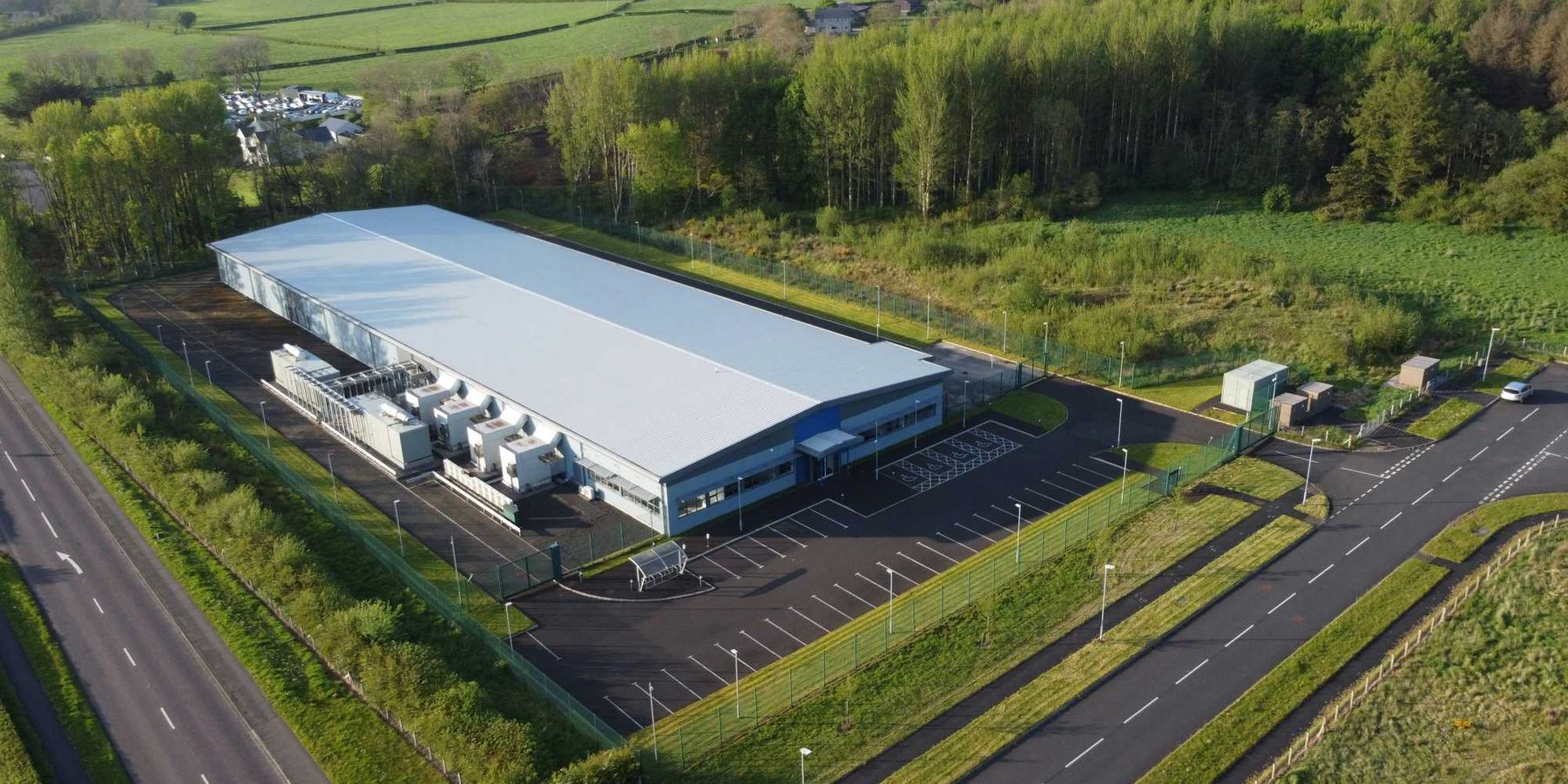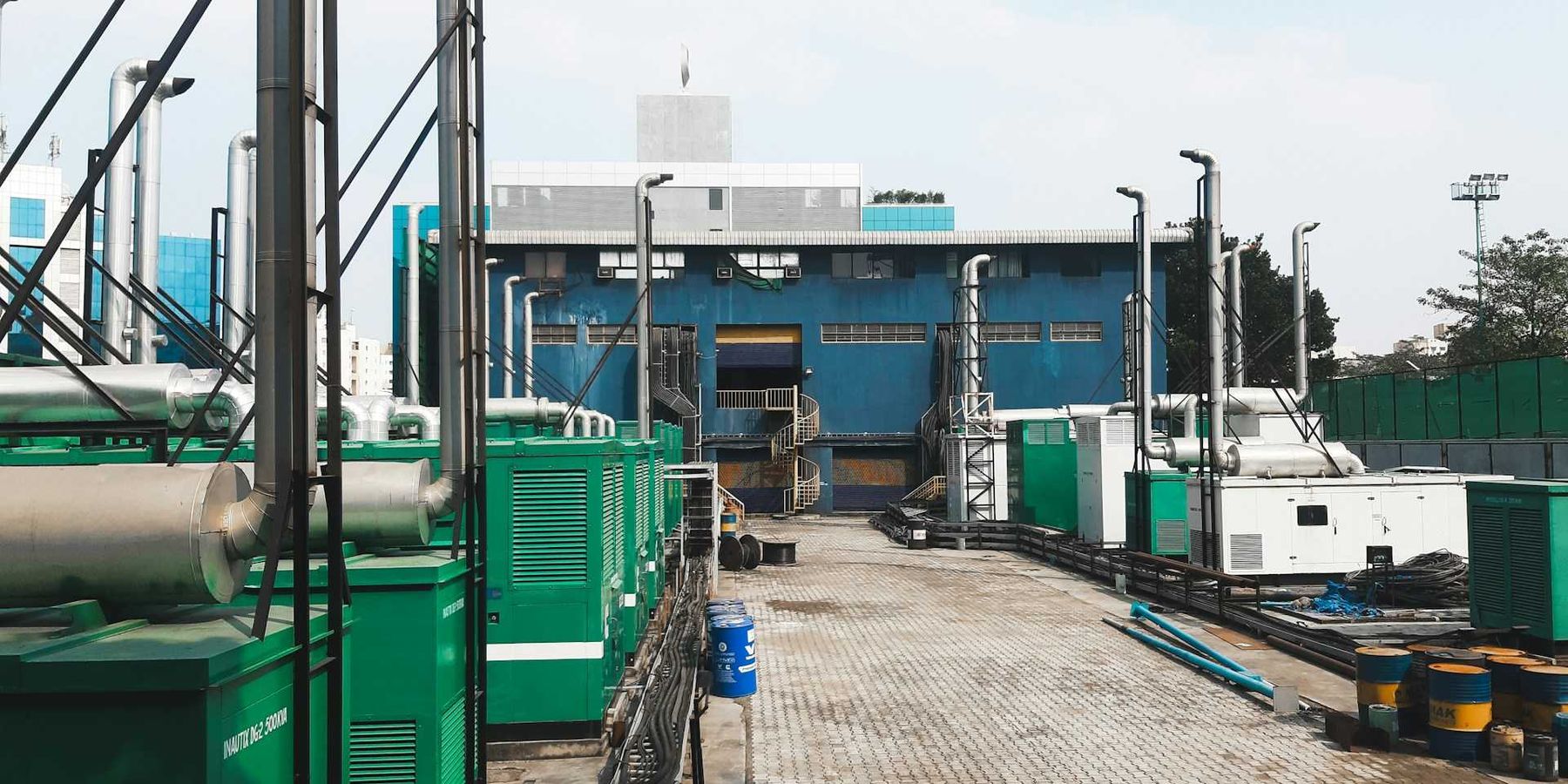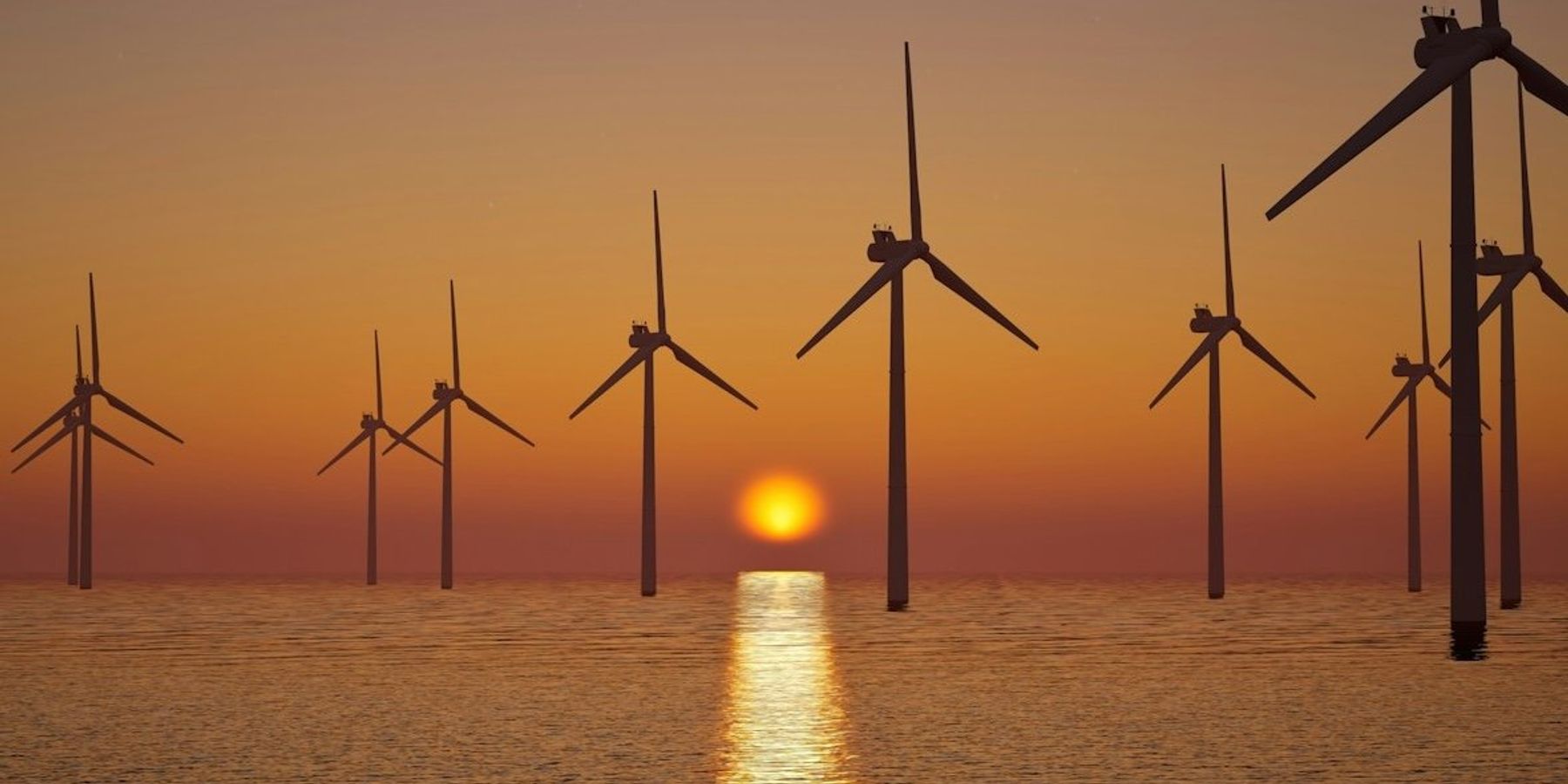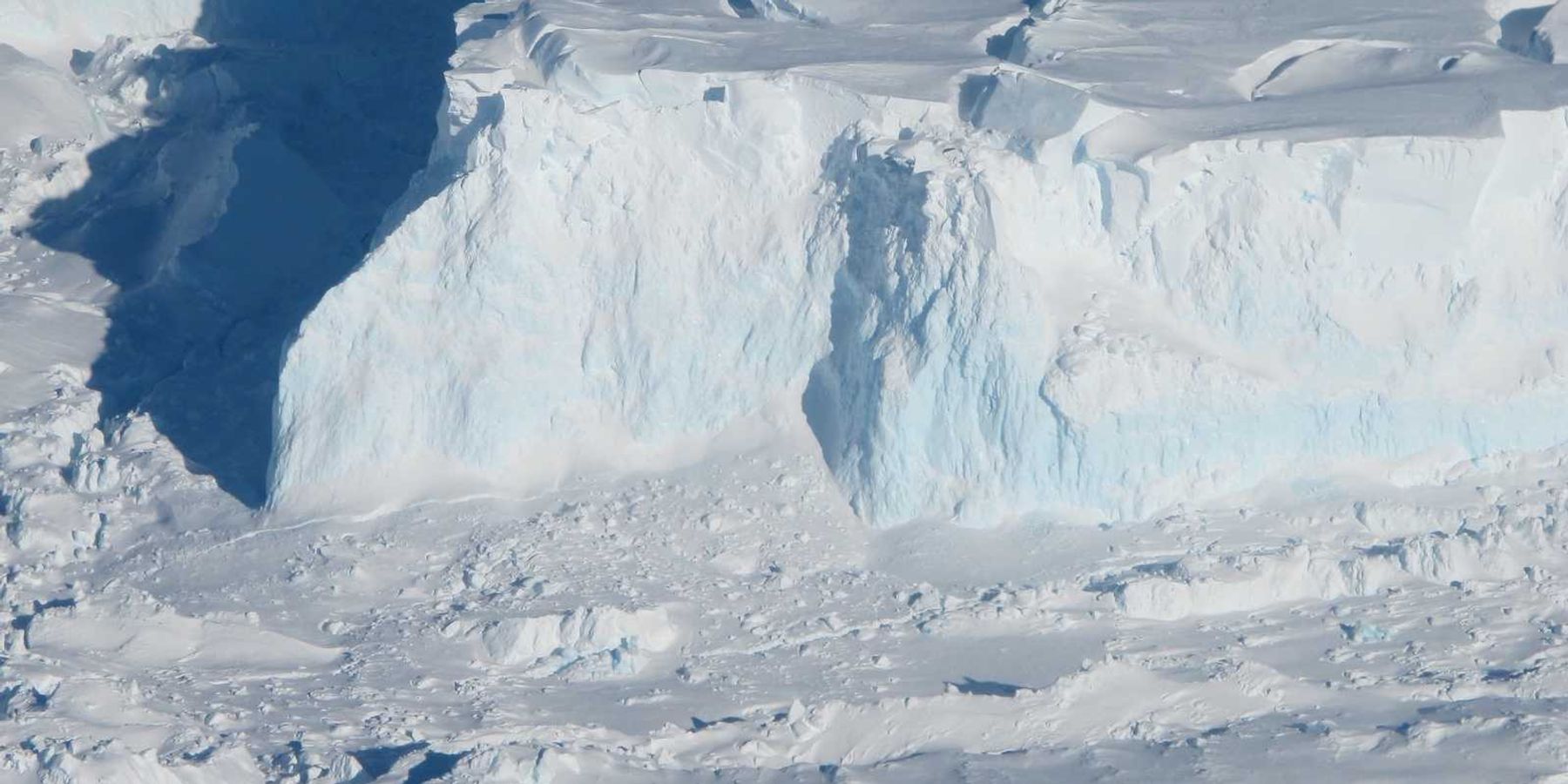The elusive goal of separating economic growth from emissions
Economists debate the feasibility of economic growth without proportional increases in greenhouse emissions, presenting a challenging scenario for climate targets.
Akielly Hu and Joseph Winters report for Grist.
In short:
- A group of heterodox economists challenges the prevalent notion of decoupling economic growth from carbon emissions, which has been central to many climate policies.
- The debate centers on whether it's possible to achieve 'absolute' decoupling, necessary for international climate targets, which requires GDP growth to occur with declining emissions.
- This discussion may prompt a shift away from economic growth as a metric for societal progress, advocating for a reorientation toward human well-being and ecological sustainability.
Key quote:
“We should engage more in the question of, ‘What future do we want to build?’”
— Helmut Haberl, social ecologist at the University of Natural Resources and Life Sciences
Why this matters:
The intersection of economic growth and climate impact is critical as it relates to national and global health outcomes. Understanding whether decoupling is realistic informs the urgency and methods with which policymakers and societies must address climate change to ensure a sustainable and healthy future.
Small-scale clean energy and low carbon technologies—such as solar panels, smart appliances and electric bicycles—are more likely to push society toward meeting climate goals than large-scale technologies, according to a 2020 study.













